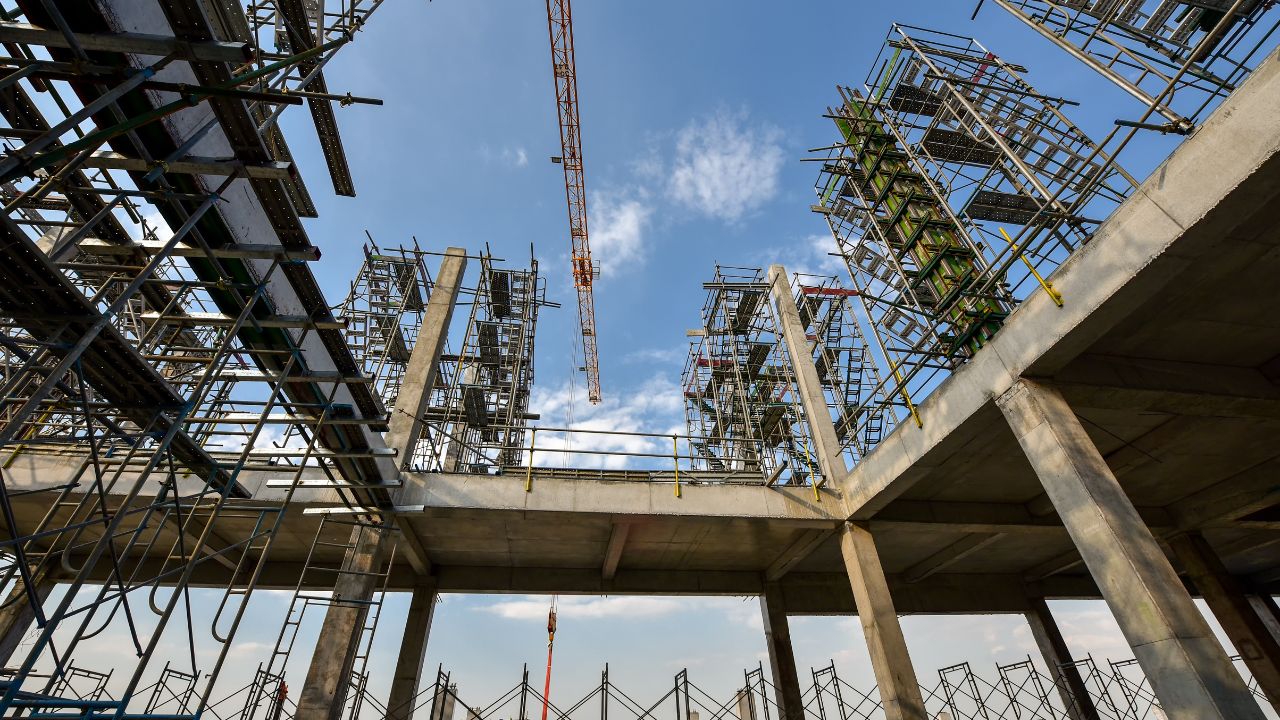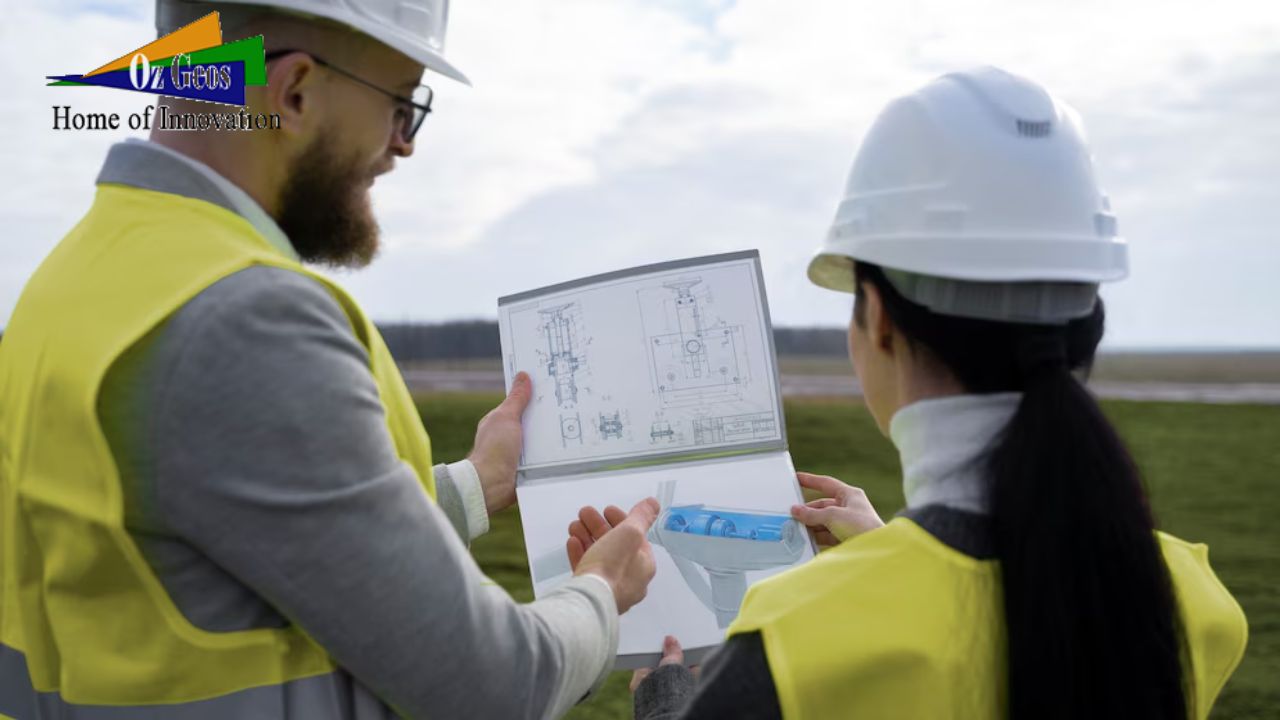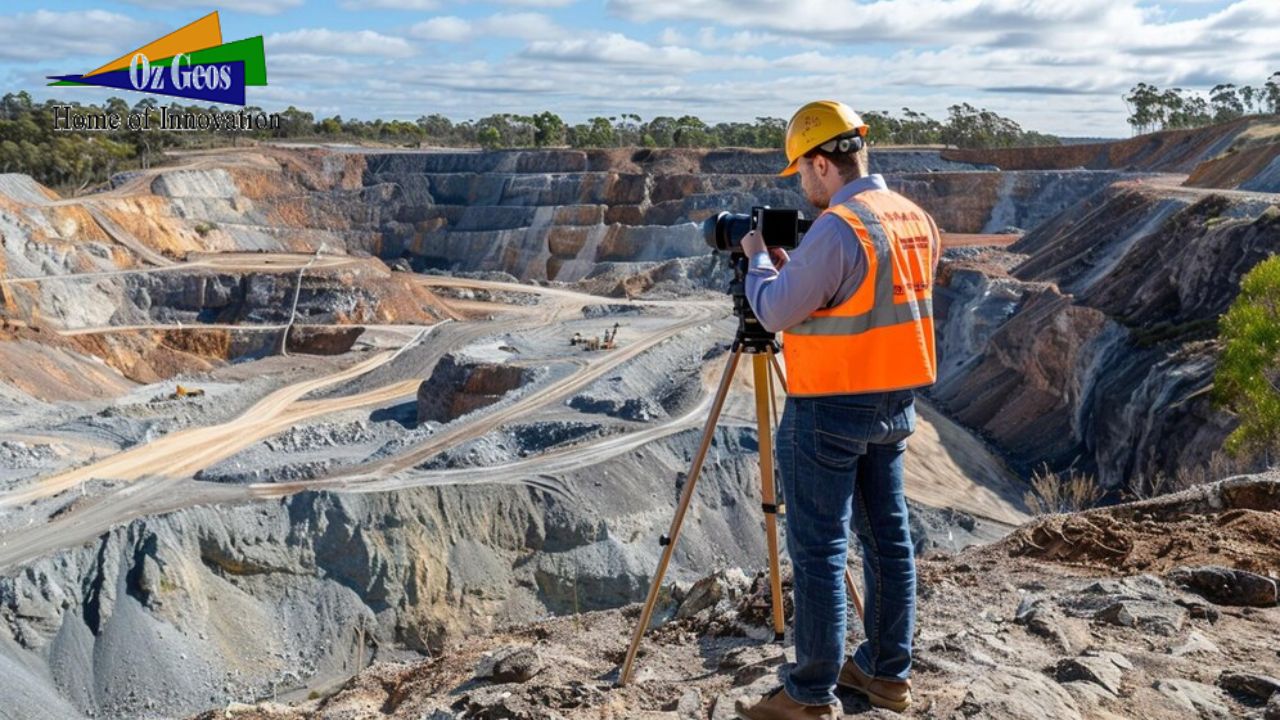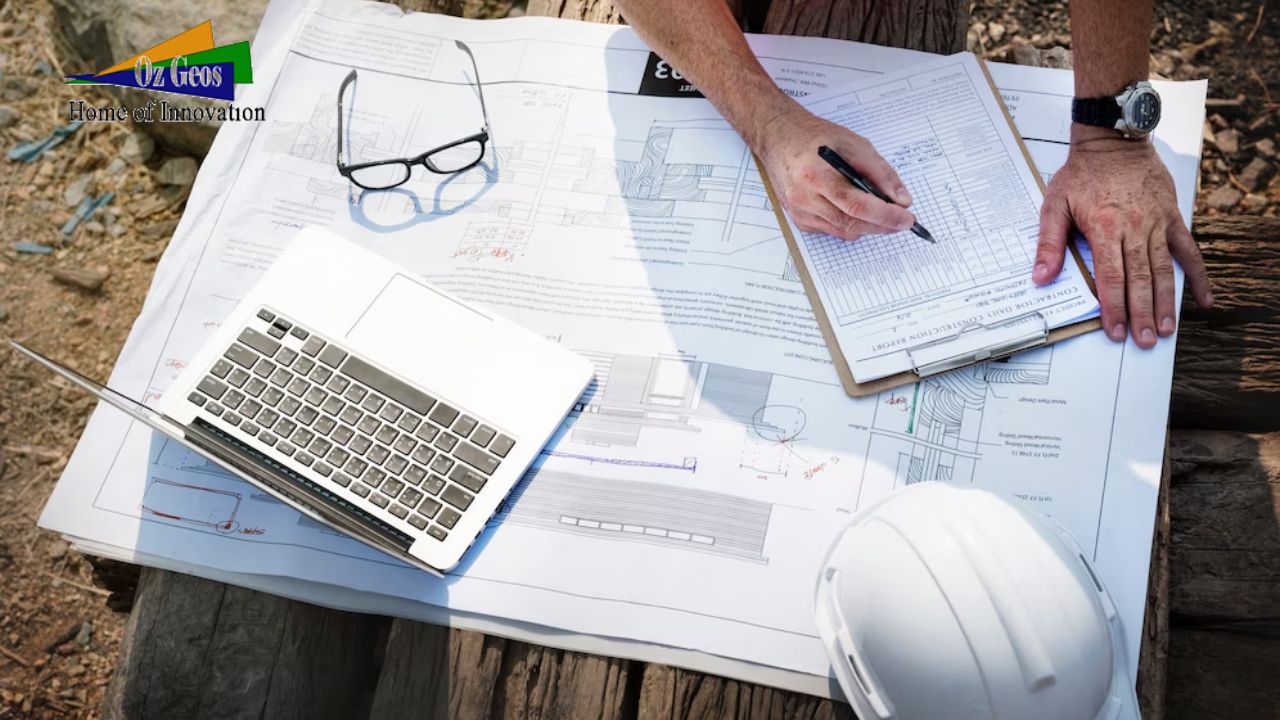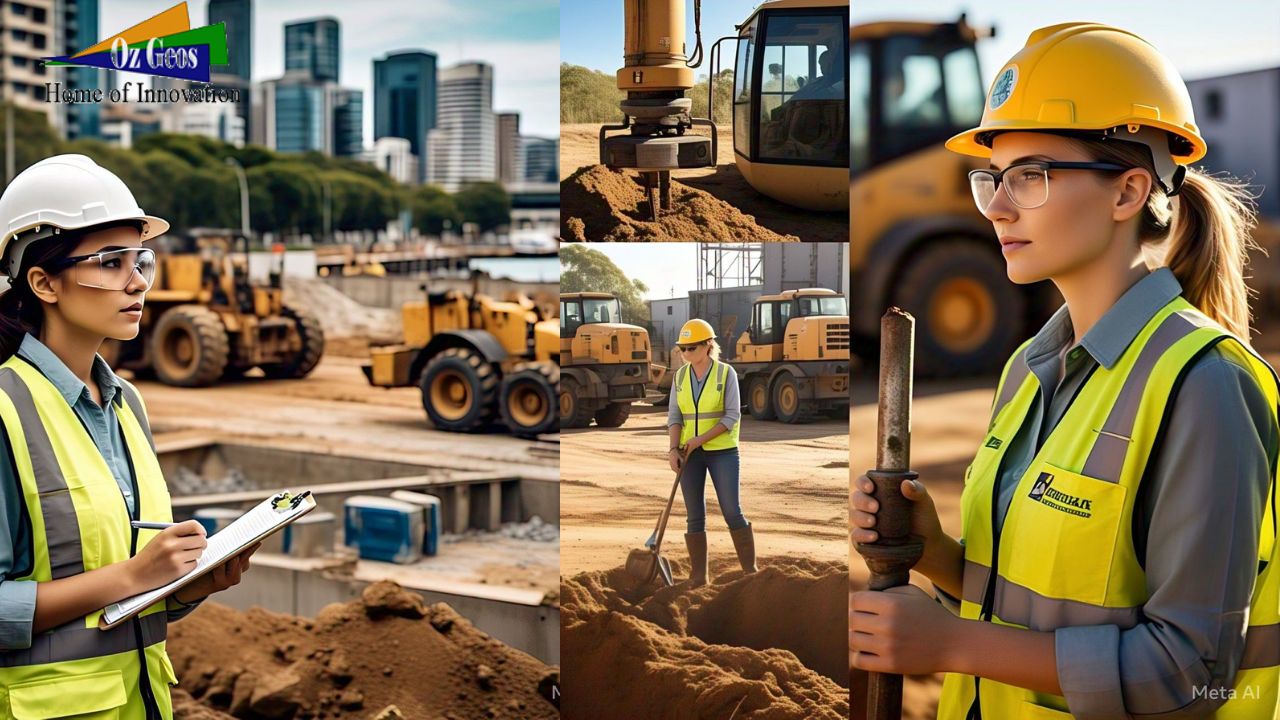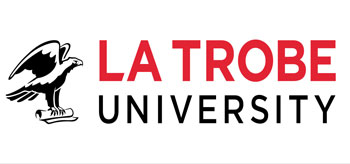Innovative Horizons: Transforming Structural Engineering in Victoria, Australia
Innovations in Structural Engineering: A VIC Perspective
Structural engineering, very few are familiar with this word, but in the modern world, we are just surrounded by it in every aspect. It is the main pillar of modern construction, and it has witnessed a remarkable transformation in recent years, driven by technological advancements. In Victoria, Australia, where innovation thrives, a particular focus is on pushing the boundaries of traditional practices. Let’s dive into the exciting realm of structural engineering innovations in Victoria and explore how these advancements shape the future.
Foundations of Structural Engineering
The foundation for modern advancements in structural engineering was established by conventional techniques. The field has come a long way, from simple load calculations to complex designs. The combination of modern technologies and old expertise heralds a new era of accuracy and efficiency.
Digital Twins: Revolutionizing Design
The idea of digital twins is one notable invention. Before building starts, engineers may see and evaluate real-world scenarios thanks to these virtual copies of actual structures. Digital twins have helped Victoria optimize structural performance, cut down on errors, and streamline the design process.
Sustainable Materials and Practices
Victoria is proud of its dedication to environmental sustainability. Innovative projects that put environmental responsibility first clearly demonstrate the move towards eco-friendly materials and construction techniques. In this area, energy-efficient designs and the utilization of recyclable materials have come to define structural engineering.
Integration of Artificial Intelligence
Artificial Intelligence (AI) has made its way into the field of structural engineering, improving a variety of procedures’ accuracy and speed. Victoria has been at the forefront of applying AI to structural analysis, which has produced more dependable results and creative methods for problem-solving.
BIM (Building Information Modeling) in Action
The use of Building Information Modeling (BIM) by construction teams, architects, and engineers has transformed teamwork. Victoria is proud of the portfolio of projects in which building information modeling (BIM) was instrumental in resolving conflicts, coordinating intricate designs, and guaranteeing smooth construction operations.
Seismic Resilience in VIC Structures
Structural engineers place a high premium on seismic resistance due to Victoria’s geographic location. New designs that are resistant to earthquakes have been put into place to protect buildings and guarantee the security of the occupants. Case studies from Victoria show how beneficial these developments are.
Adaptive Reuse of Structures
Victoria welcomes the adaptive reuse of pre-existing buildings, achieving a balance between contemporary utility and preservation. The region’s dedication to historic architecture preservation and sustainable urban development is demonstrated by transformative projects.
Robotics in Construction
Robotics integration has improved safety and efficiency in the construction industry. Robots are being used in Victoria to do a variety of activities, from site inspections to bricklaying, demonstrating the promise of automation in the construction sector.
3D Printing in Structural Elements
In Victoria, 3D printing is becoming more and more popular for structural components. This creative process pushes the limits of conventional construction techniques by producing intricate and bespoke components with previously unheard-of speed and accuracy.
Smart Infrastructure Monitoring
Infrastructure must be continuously monitored to spot possible problems and guarantee long-term viability. Victoria has put in place smart infrastructure systems that allow for ongoing observation and offer insightful data on the functionality and condition of structures.
Challenges and Solutions
Extending the bounds of structural engineering is not without its obstacles, despite the abundance of advances. Victoria plans strategically, conducts continuous research, and is dedicated to learning from both achievements and failures to tackle these issues.
Collaborative Ventures in VIC
In Victoria, joint engagements between engineers and architects frequently provide successful structural engineering projects. Multidisciplinary collaboration encourages original thinking and guarantees that projects fulfill technical specifications while also fulfilling the overall functional and artistic objectives.
Future Trends in Structural Engineering
Remaining on the cutting edge of the field requires the ability to predict future trends. Ongoing research and development in Victoria point to fascinating opportunities, including the integration of future technologies and advances in materials science. The area is well-positioned to keep influencing how structural engineering develops worldwide.
Conclusion
To sum up, Victoria is a shining example of structural engineering ingenuity. The area is a leader in the sector because of its dedication to sustainability, incorporation of cutting-edge technologies, and collaborative attitude. Even as we celebrate the accomplishments of the present, there are even more exciting discoveries in store for the future that will influence how we construct and occupy buildings.
FAQs
While some innovations are global, Victoria’s unique challenges and priorities drive region-specific advancements.
AI enhances structural analysis by improving accuracy, speeding up processes, and providing insights not easily attainable through traditional methods.
Challenges include accurately predicting earthquakes’ intensity and implementing cost-effective yet robust designs.
While 3D printing offers advantages, it is unlikely to replace traditional methods entirely but may complement them in specific applications.
Adaptive reuse reduces the environmental impact of demolition and new construction, preserving embodied energy in existing structures.

